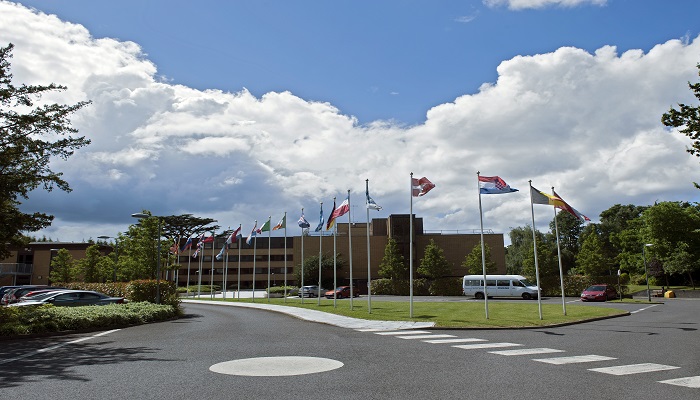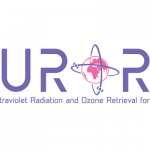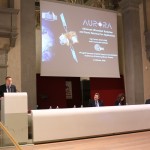
The European Centre for Medium-Range Weather Forecasts (ECMWF) is an international organisation based in Reading (UK), supported by 34 Member and Cooperating States (full list available here).
ECMWF’s principal objectives are
- preparation, on a regular basis, of medium-range and long-range weather forecasts for distribution to the meteorological services of the Member States;
- development of scientific and technical research to improve these forecasts; and
- collection and storage of appropriate meteorological data.
The ECMWF’s forecasts are based on their Integrated Forecasting System (IFS), a comprehensive system simulating the dynamics, thermodynamics and composition of the Earth’s atmosphere and interacting parts of the Earth-system. It includes the following forecasting components: a global spectral atmospheric model, an ocean wave model, and weakly coupled land and ocean models. Work is on-going to strengthen these links and move to a coupled Earth System Model.
In November 2014, ECMWF was entrusted by the European Commission to run two of their Copernicus Services, namely the Copernicus Climate Change Service (C3S) and the Copernicus Atmosphere Monitoring Service (CAMS).
The C3S responds to environmental and societal challenges associated with human-induced climate change. The service will give access to information for monitoring and predicting climate change and will, therefore, help to support adaptation and mitigation.
The CAMS provides continuous data and information on atmospheric composition. The service consists of daily global forecasts of atmospheric composition, daily forecasts of European air quality, global and regional reanalyses, as well as services on solar radiation, greenhouse gases and emissions. The service benefits from a decade of developments that were implemented during a number of European funded research projects.
Ozone is analysed in the IFS and in all applications based on this system. As part of its contribution to the AURORA project, ECMWF performs assimilation trials using fused Ozone products generated within the project from simulated Sentinel 4 and Sentinel 5 measurements. The data fusion will exploit the information content of measurements, thus generating a comprehensive, concise, and accurate description of the given parameter state. The data fusion algorithm used in AURORA is based on worked carried out by the AURORA Lead Partner, CNR-IFAC.
If successful with simulated observations in AURORA and later with real Sentinel data, the assimilation of fused ozone products has the potential to contribute to the assimilation of ozone and possibly other constituents in the IFS and its applications.




